https://vm.tiktok.com/ZMkj1bnpK/
Problem
Do you know that people in many part of the world travel many kilometers carrying water jerry can every day or few times a day to bring water for drinking, cooking, watering their plants and for many other reasons? If you are not aware, well you are about to.
Water scarcity, which is broadly understood as the lack of access to adequate quantities of water for human and environmental uses, is considered to be one of the most important global risks for society. Global water demands are expected to increase in the future because of increasing populations, urbanization, and industrialization. In addition, aspects of climate change and anticipated increases in extreme weather events are expected to contribute to increases in the frequency, severity, and duration of droughts, which can exacerbate water availability problems. In an area where there is lack of water supply at home, people travel very far to fetch water. In almost all society this task falls under the women. It is very common to see women carrying 25 liter Jerry Can on their back or on their head and travel many kilometers from the source like river, lake or well to their homes. Describing how challenging it is can only be achieved if you try it yourself but to give you an idea on the challenge,
The first problem is the concentrated weight of the 25 litter jerry can which will force you to use only one or two part of your body for support which requires enormous amount of force to overcome the high pressure.
The second problem is the distance they have to travel in a very rough terrain full of mountains, muddy ground during rain, hole and sloppy ground, which is impossible even for a wheel aid transport.
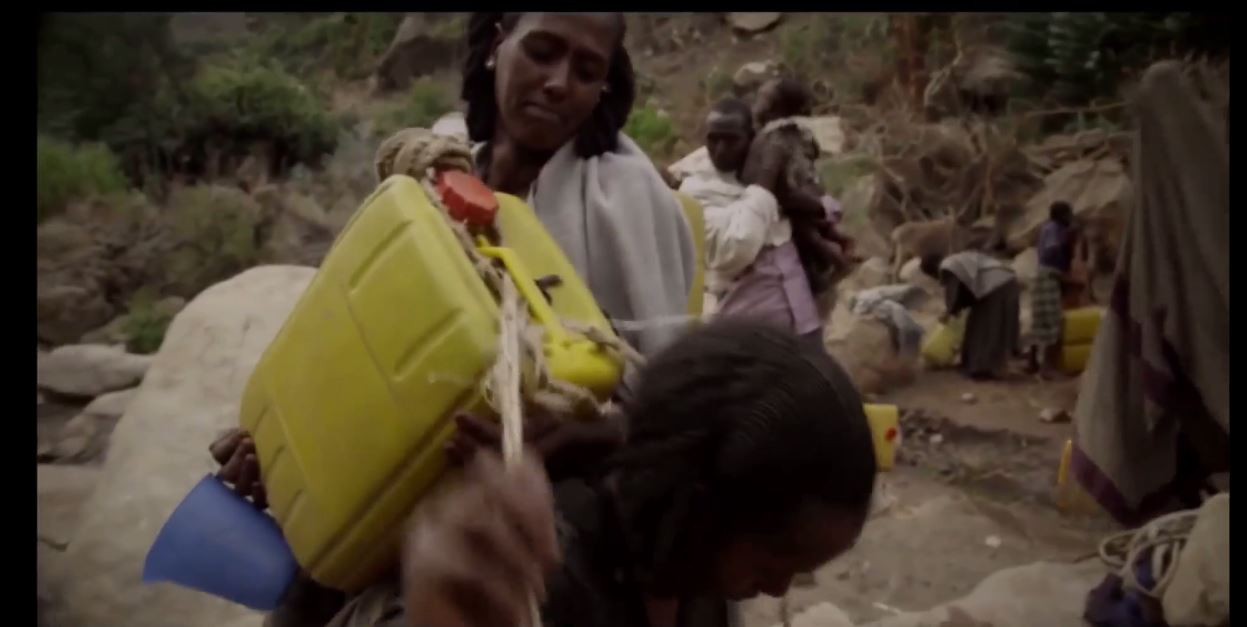
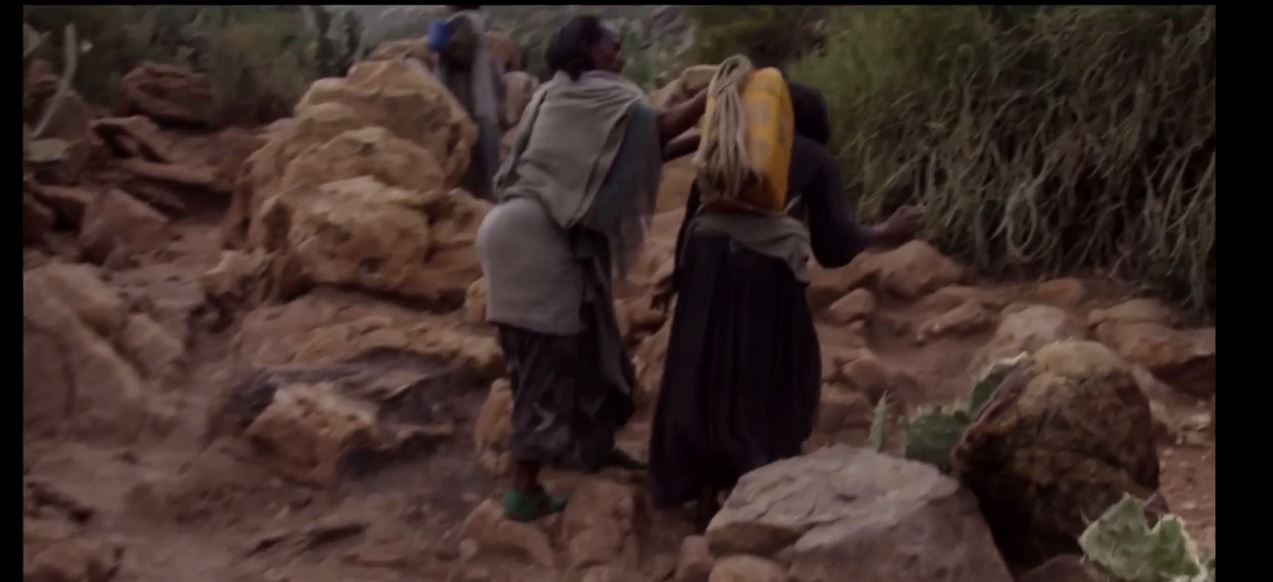
Solution
The basic scientific concept for the development of this product is based on the fact that distributed force generates less pressure or impact than concentrated force. Instead of the standard shape of the 25 litter Jerry Can, Anteneh’s Jerry Can has torus shape with the same volume as the standard jerry can. For prototyping simplicity, the shape of torus is made square with center to center length of 66cm with pipe diameter of 11cm. At two opposite side of the pipes there are two attached lathers that are used to hold the Anetenh’s Jerry can on your shoulder. This will reduce the pressure of the water by distributing the weight of the water and utilize all part of our body for support. To maintain the load close to center of gravity which is the person carrying it, the diameter of the pipe can be varied and the length of the pipe will be varied depending up on the amount variation of the diameter based on the size model of the user. Which means for thin peoples the diameter is increased and length will be decreased and for plus size people the diameter is decreased and the length will be increased. Both lathers are attached to each other with a lather for hand grab incase two peoples want to transport one Anteneh’s Jerry Can.
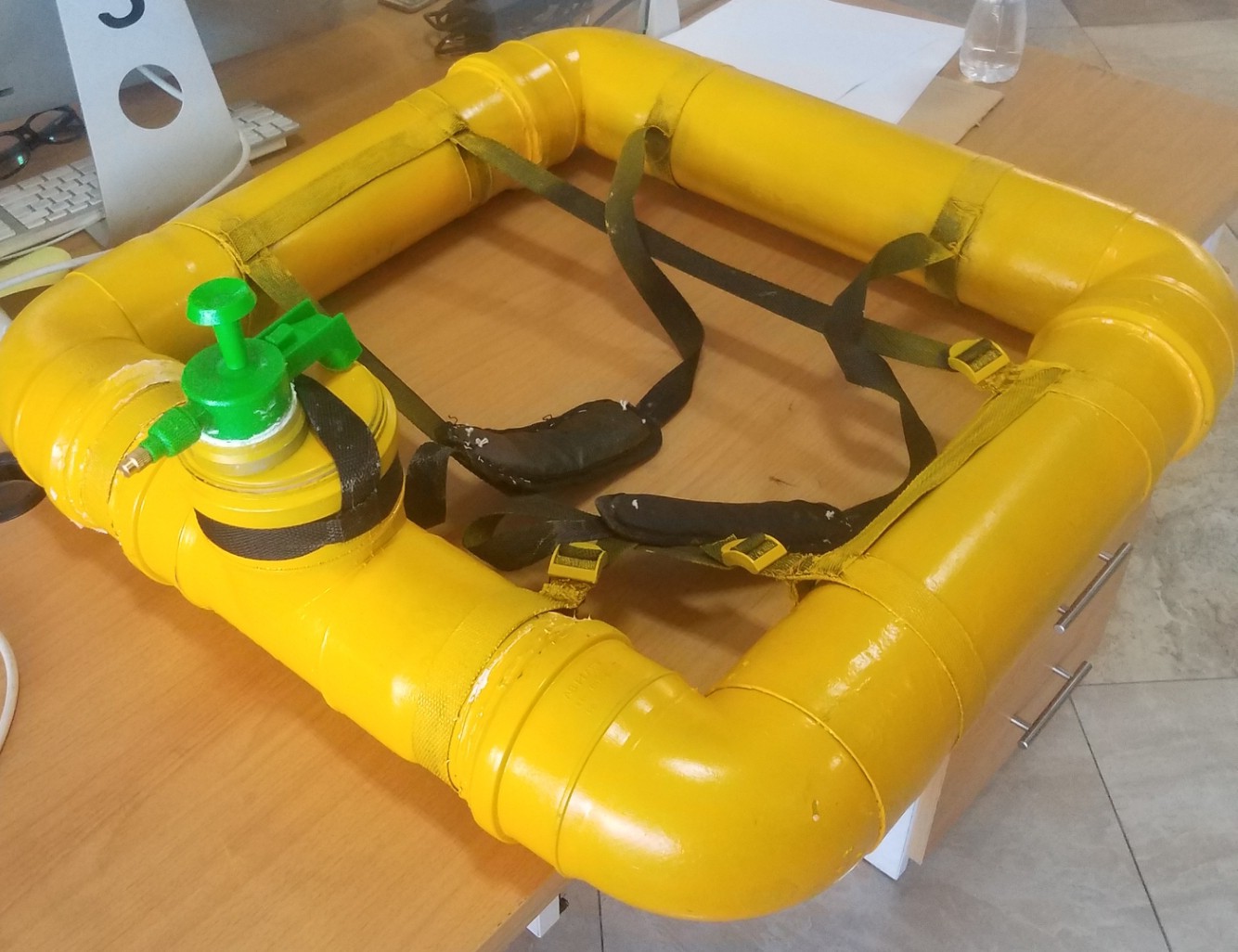
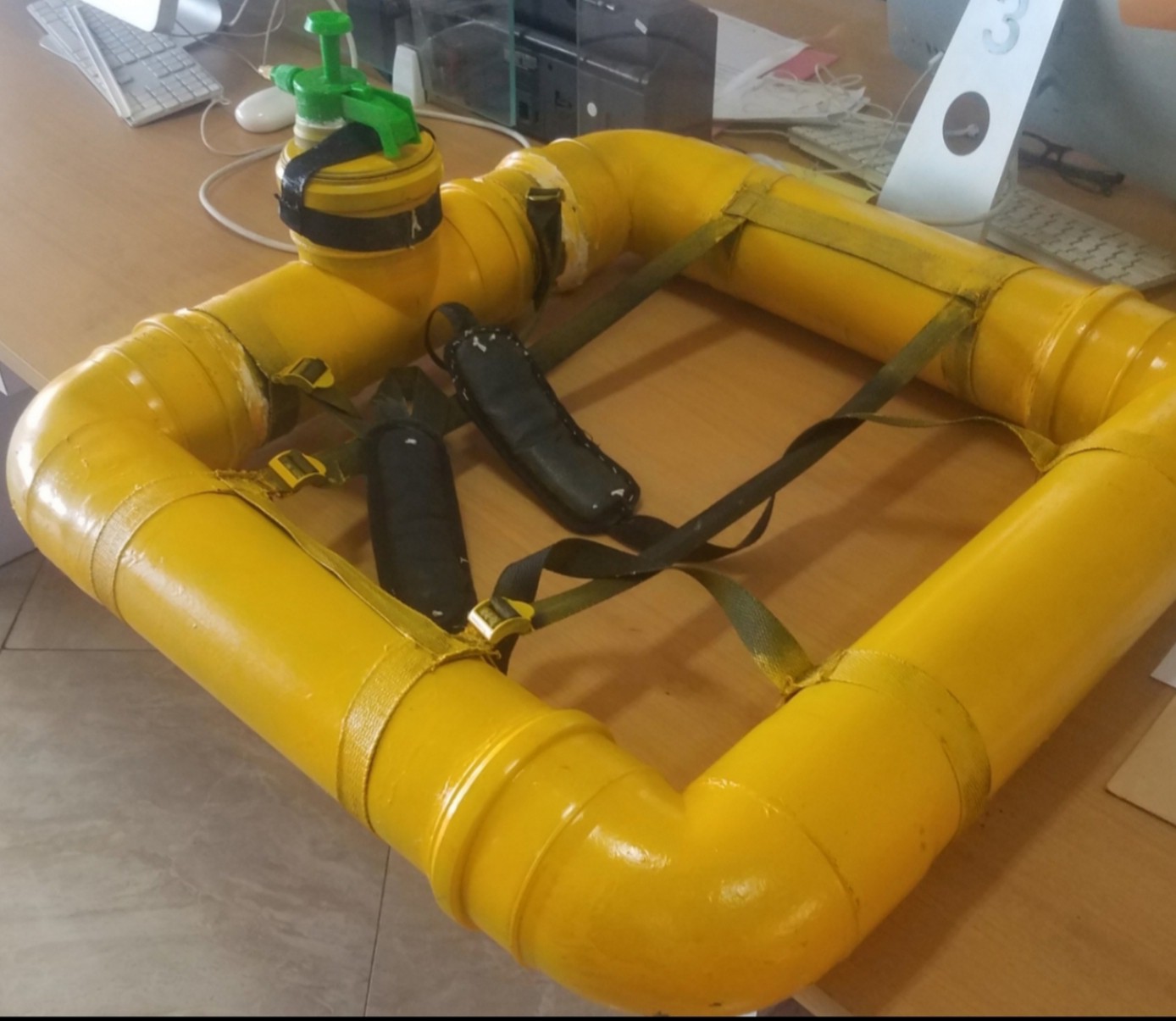
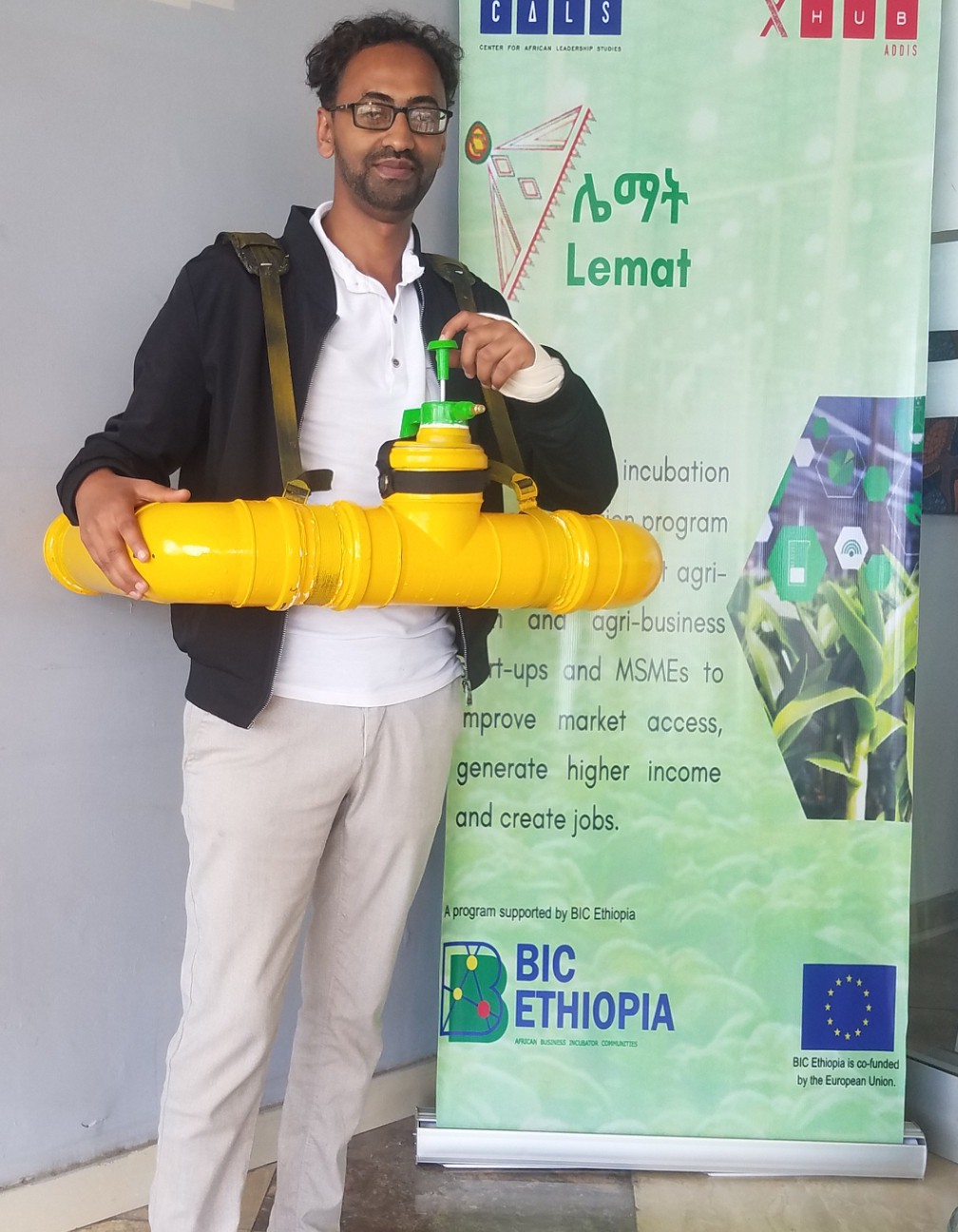
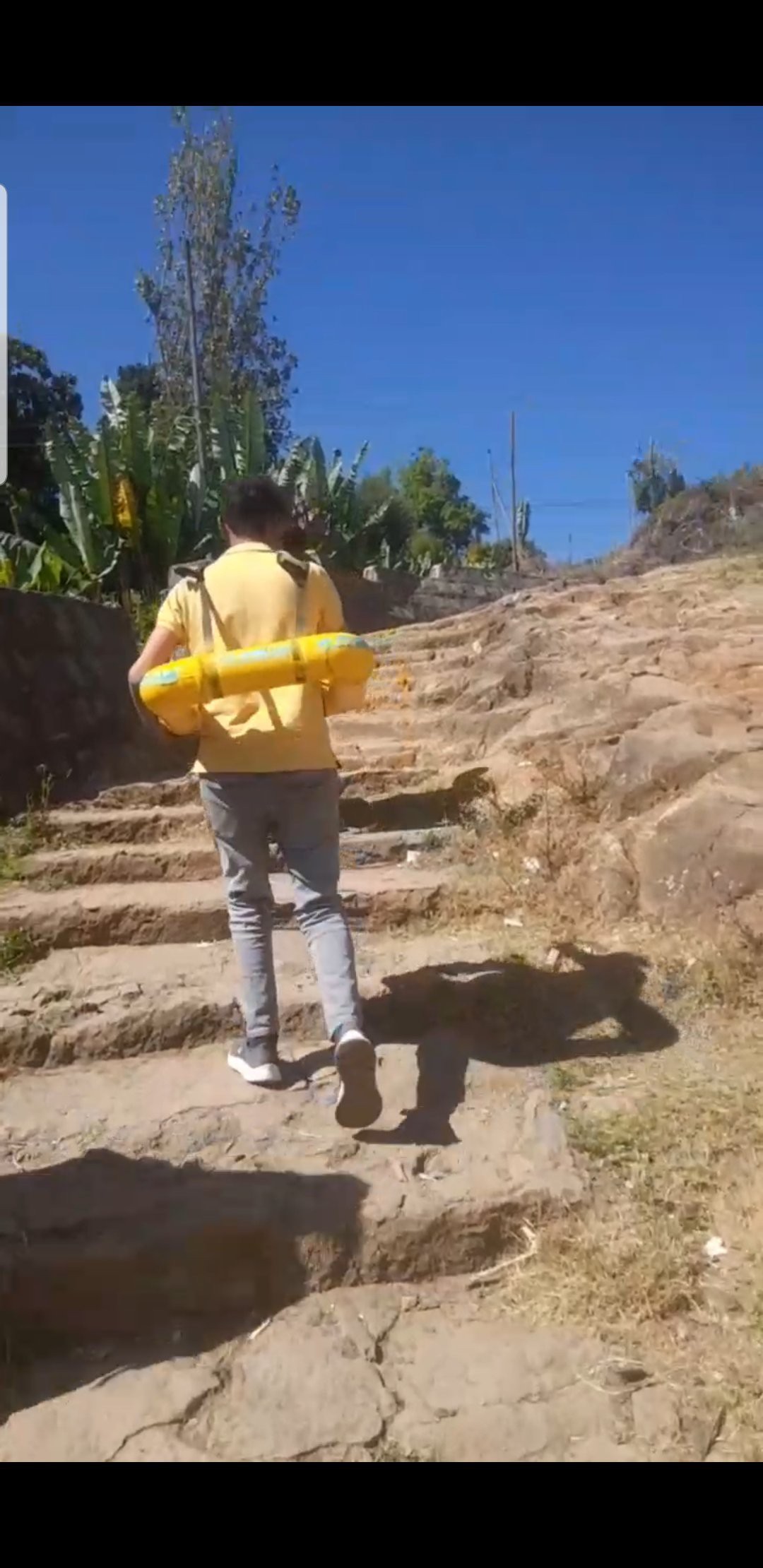
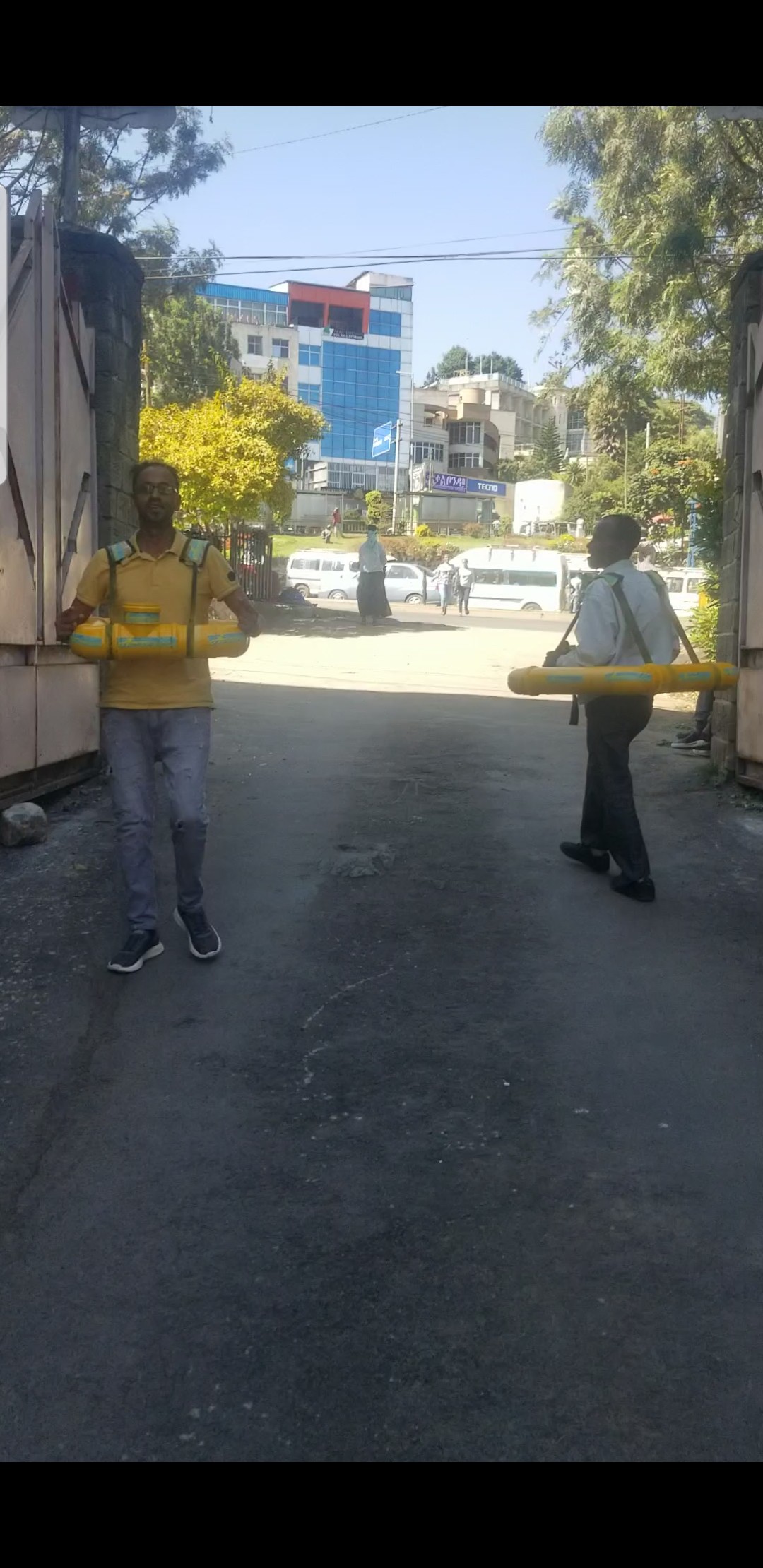
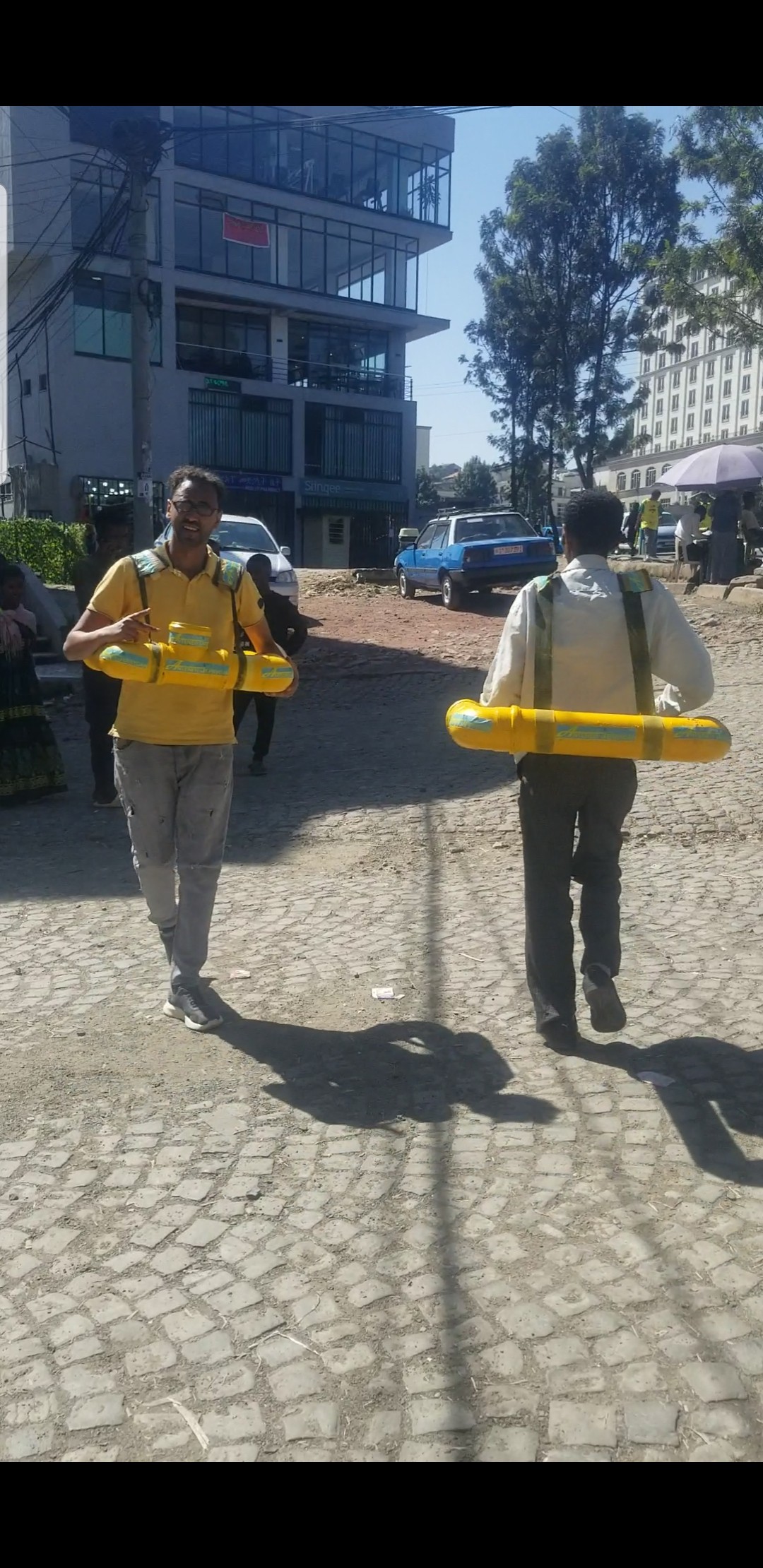
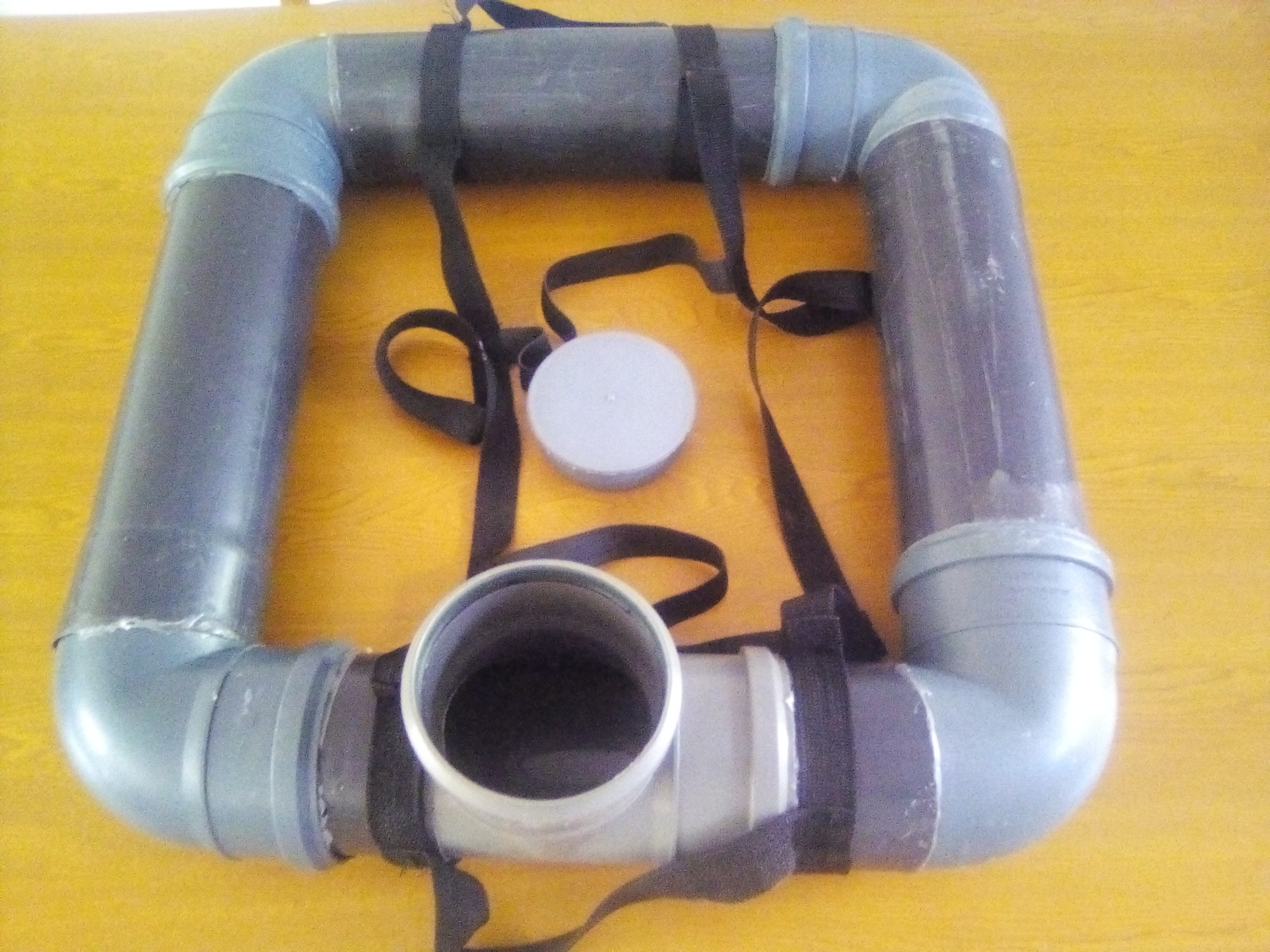
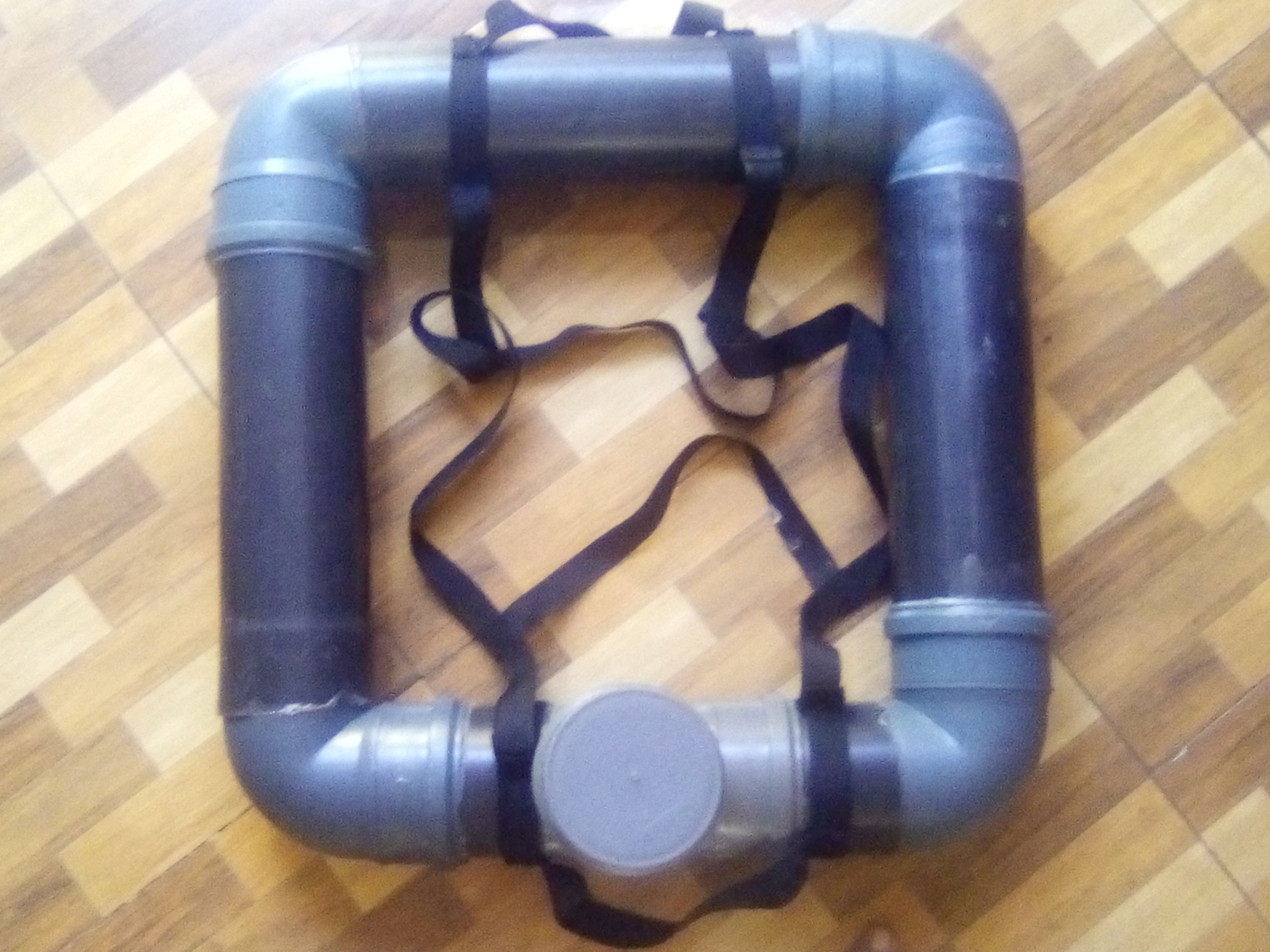
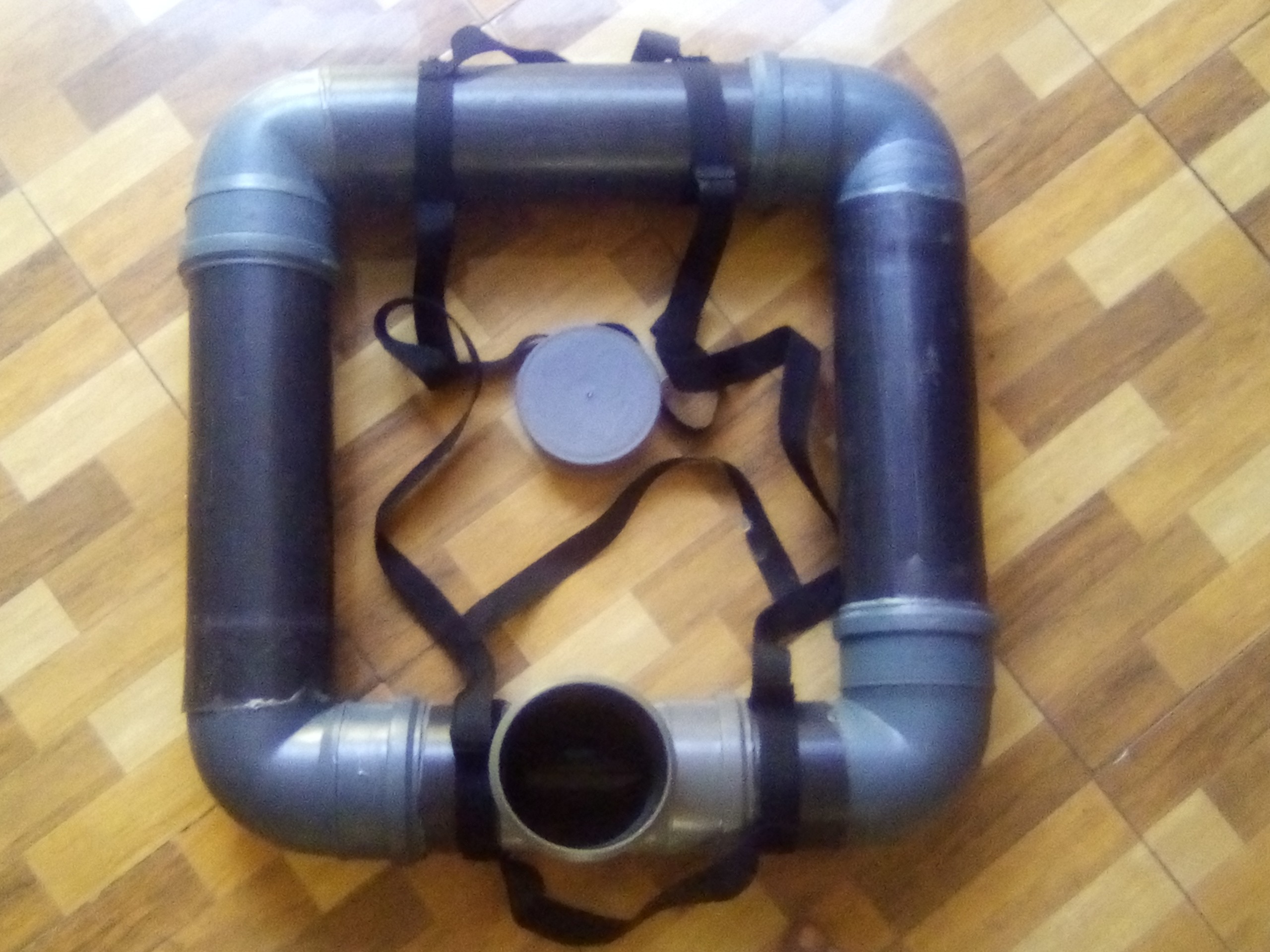
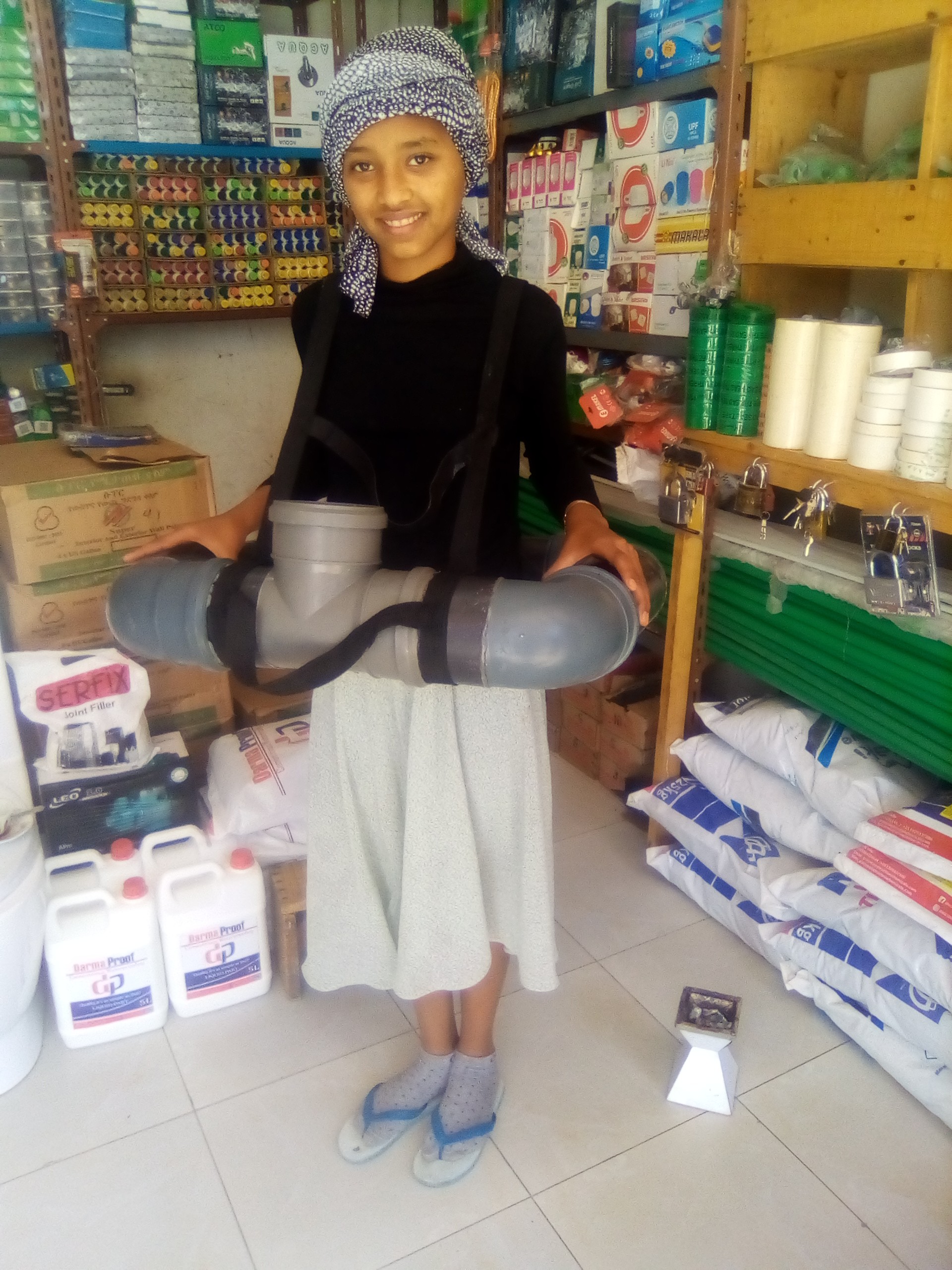
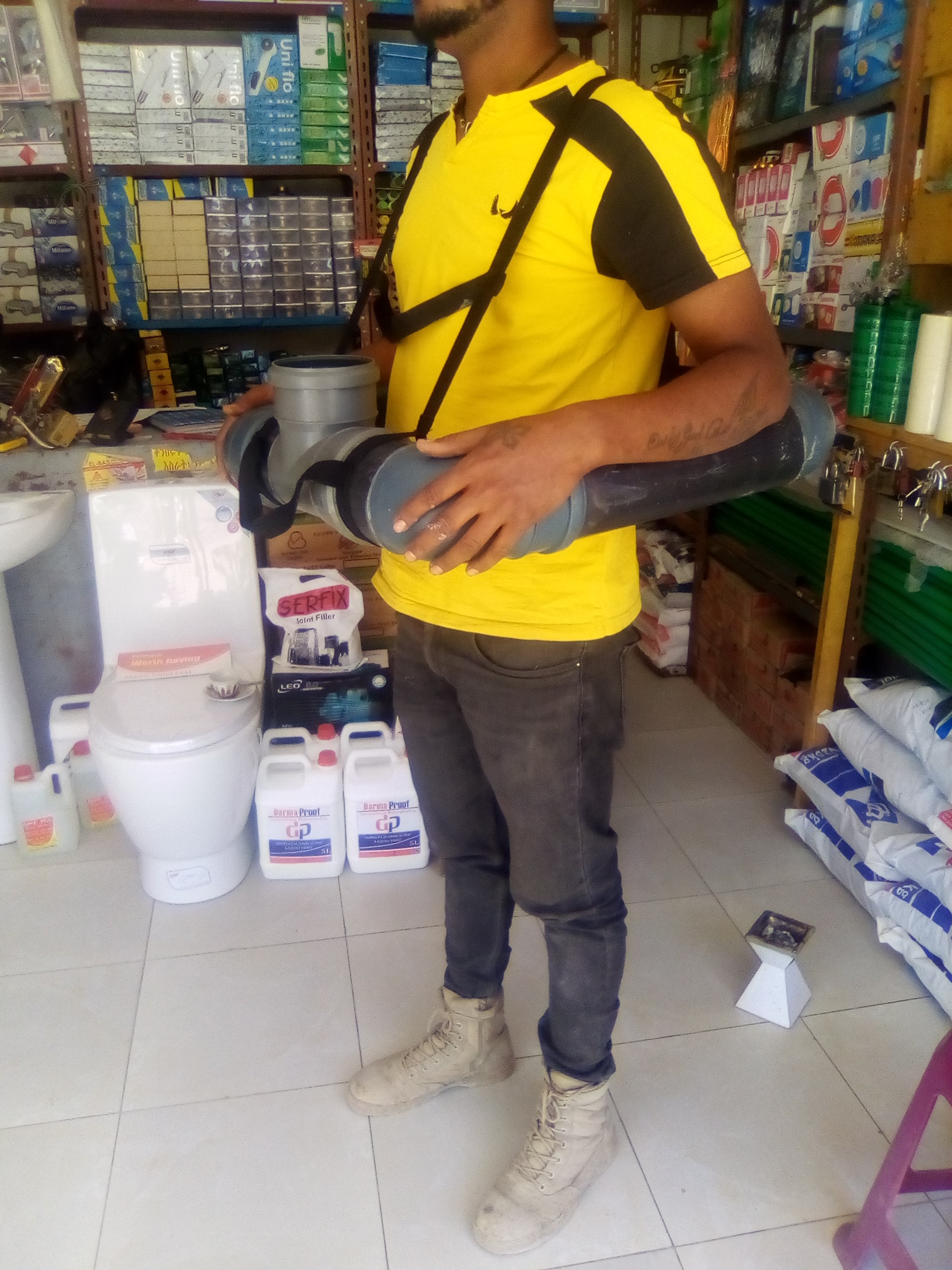
Anteneh Life saver... Truth and Anteneh Jerrycan are similar in a same way oil floats no matter how much water there is.
No one is safe from migration risk and it could happen to anyone due to natural or human made conditions so Anteneh Jerrycan is crucial to transport water for migrants in the desert and act as life saver in the sea. With bouyant force of 280N it is more than capable to float any heavy human being.
https://vm.tiktok.com/ZMkCUD1eY/
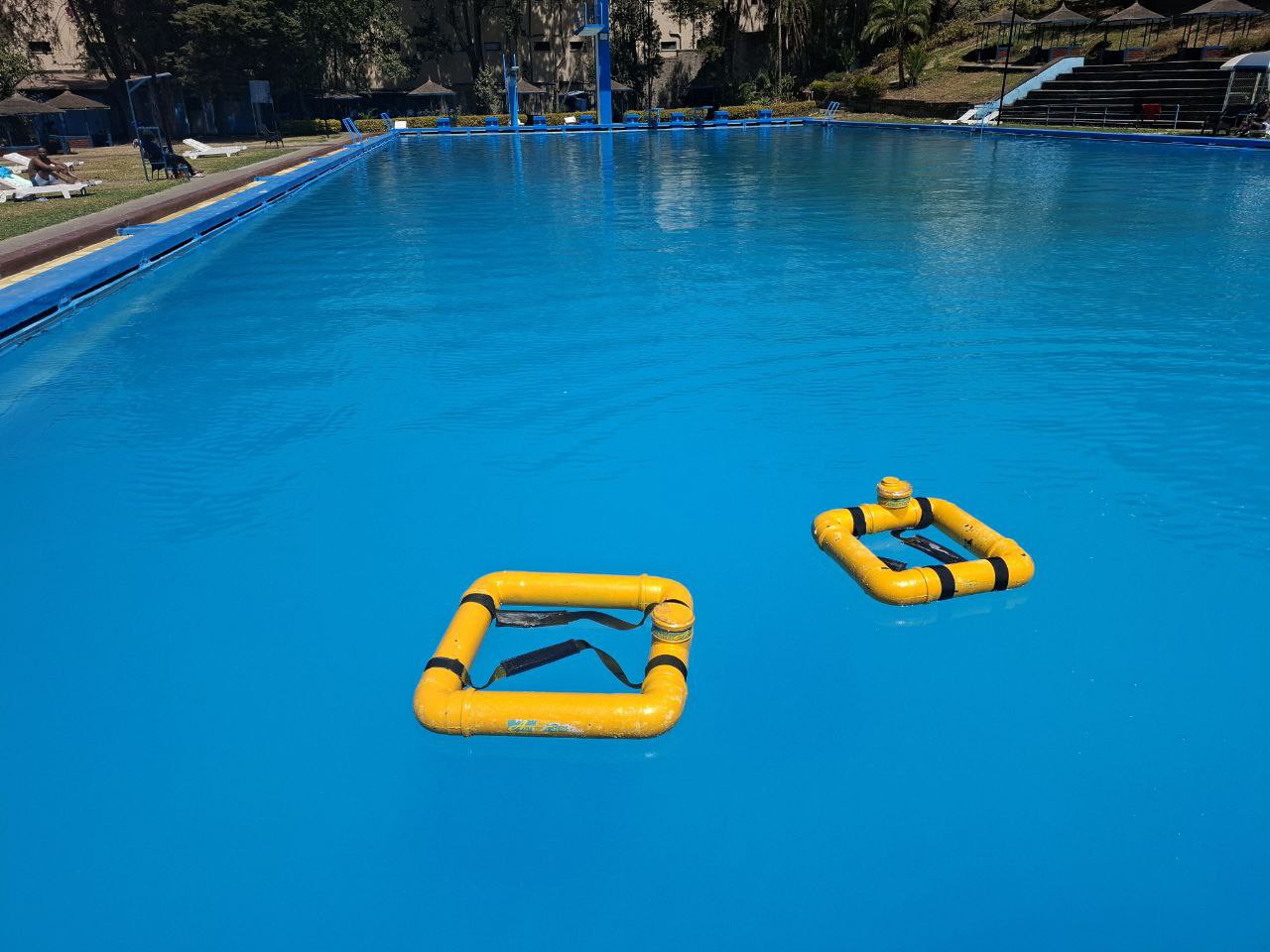
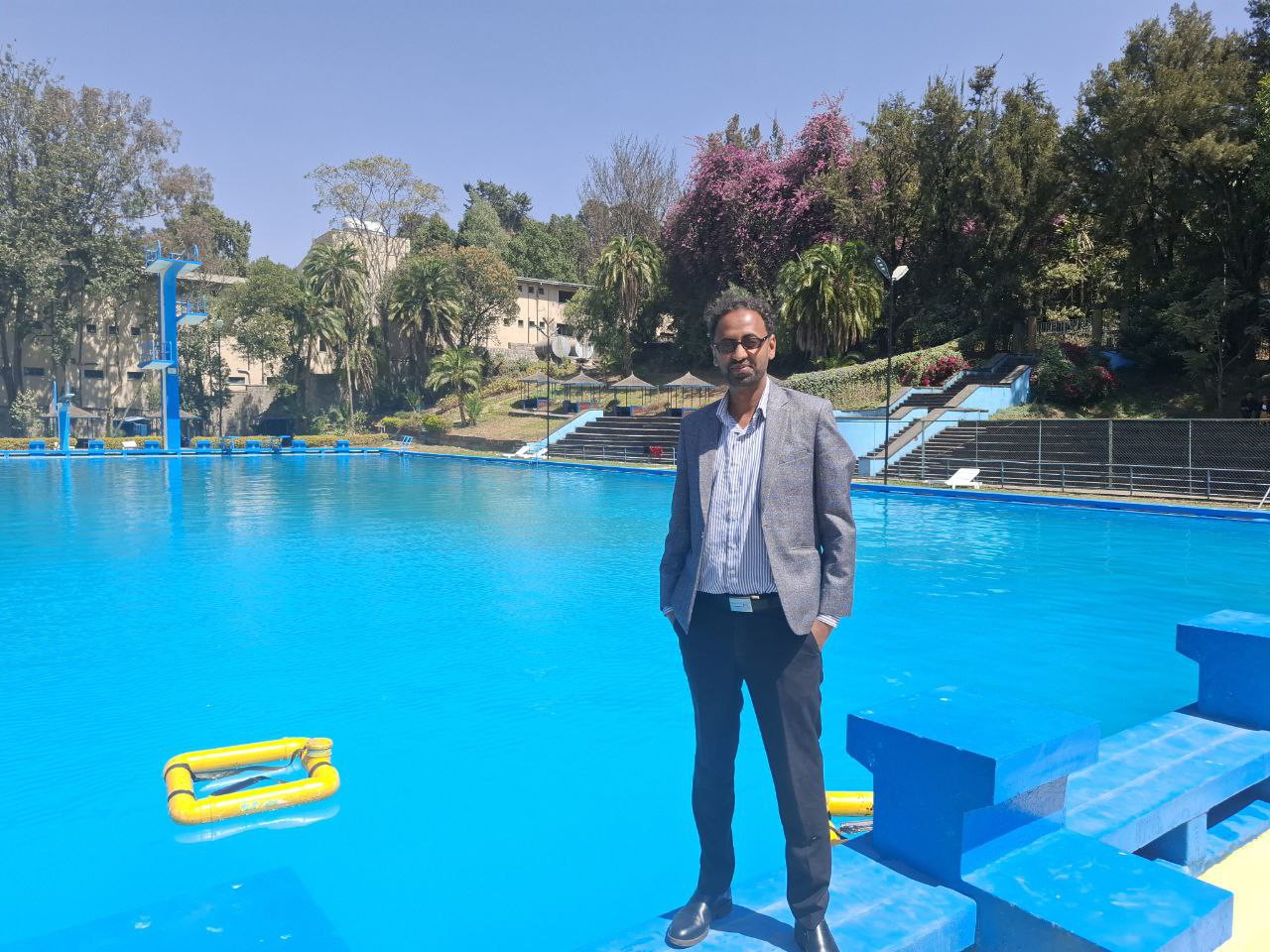
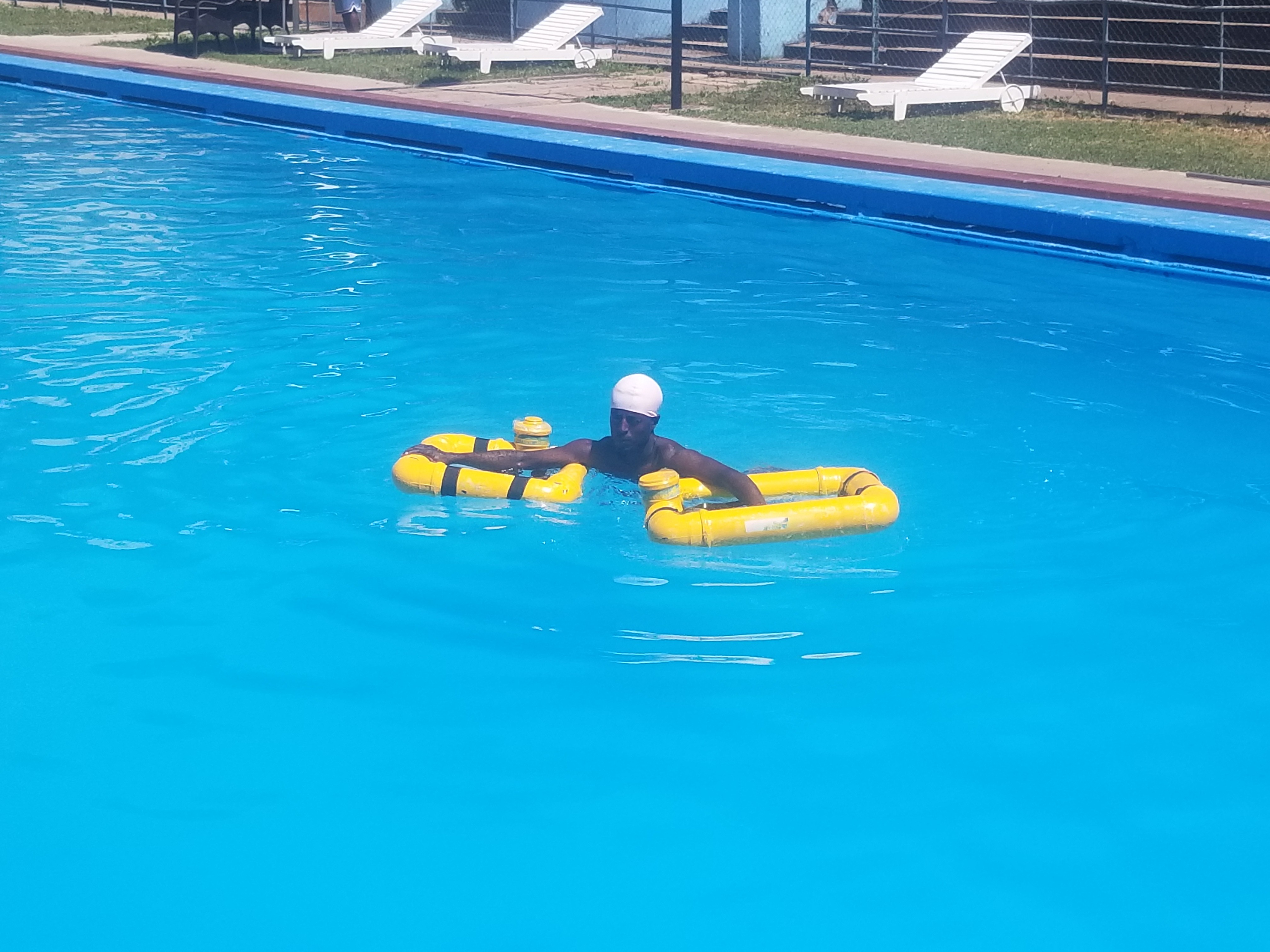
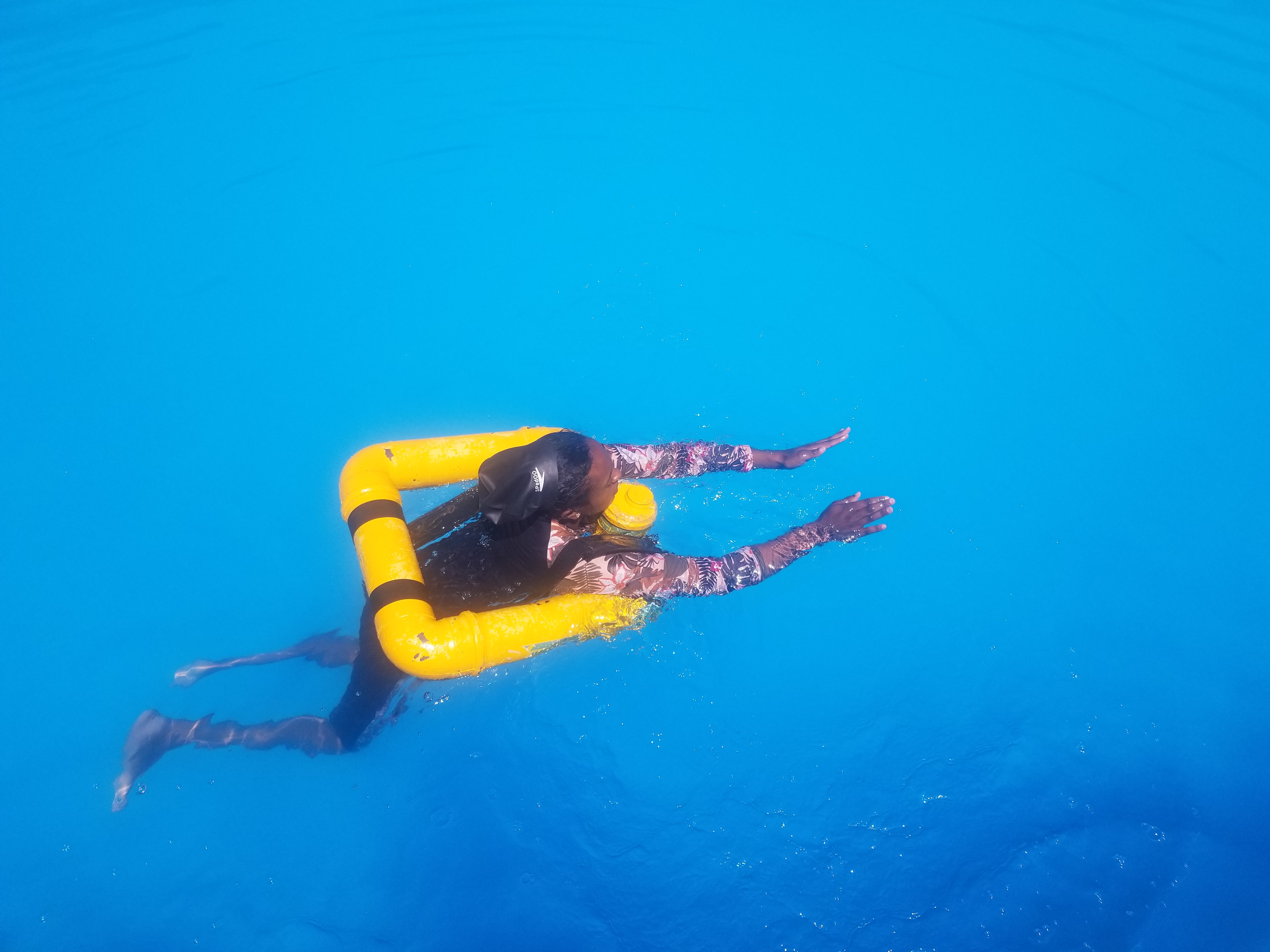
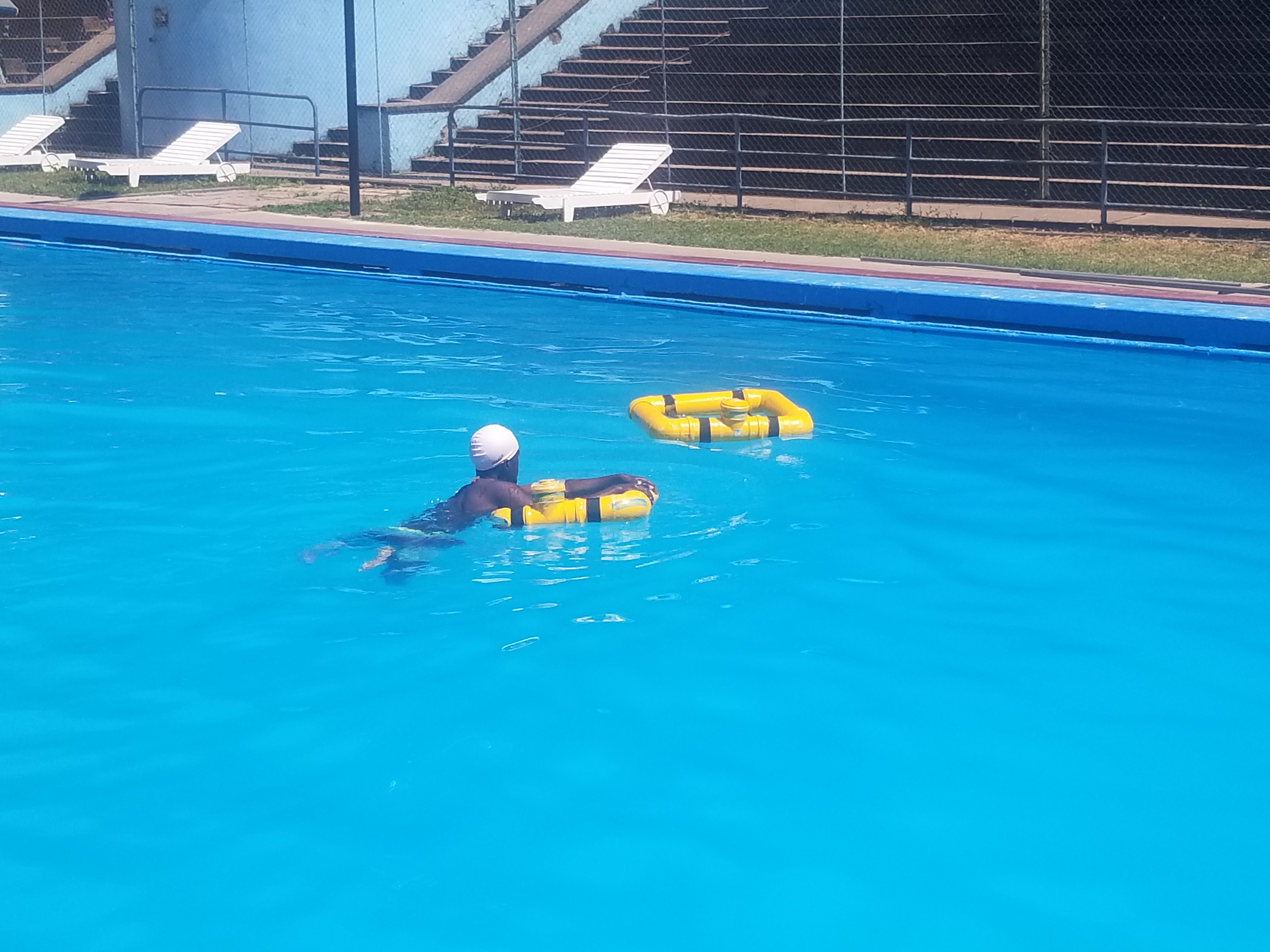
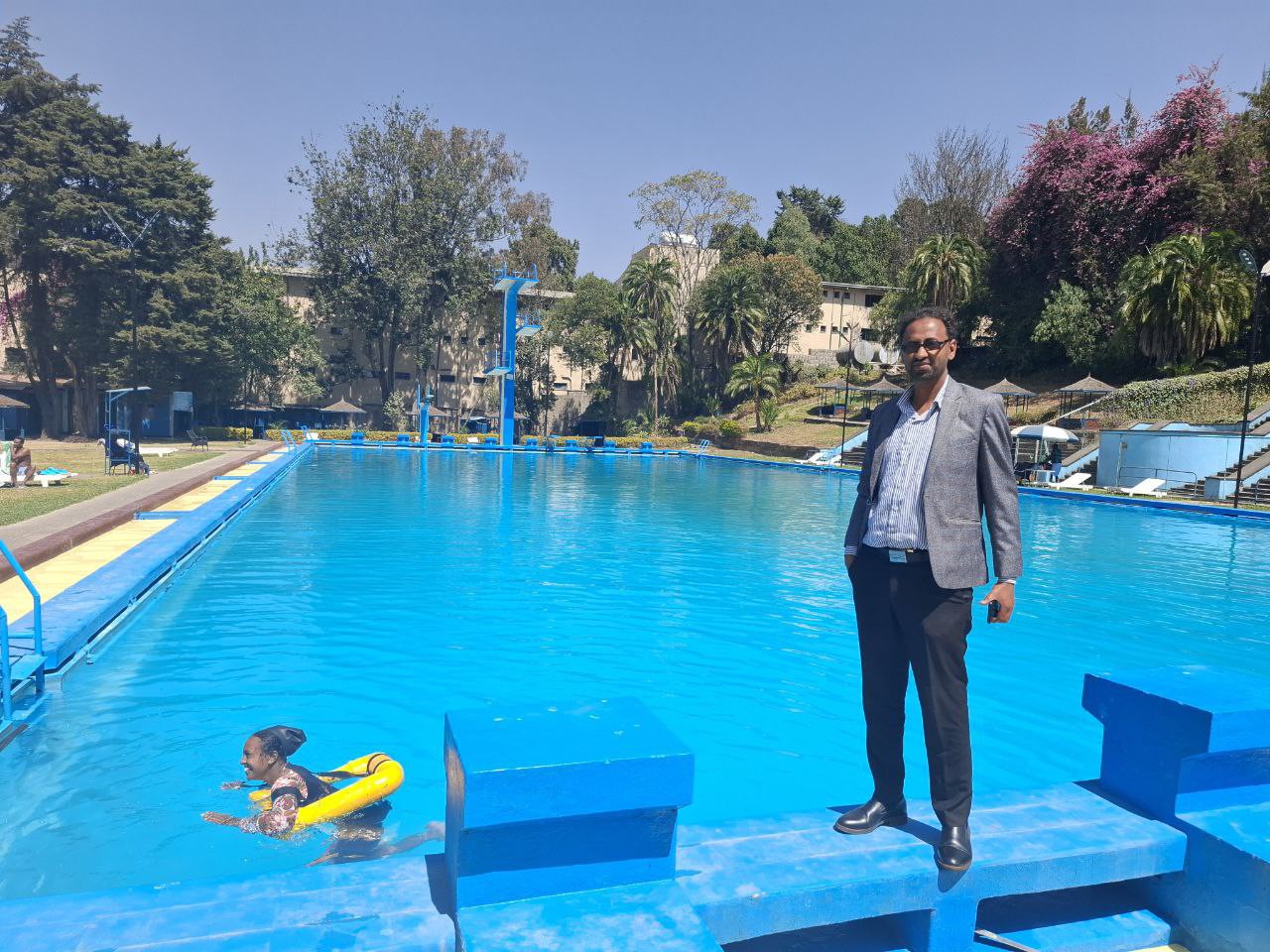
Market
According to reports some 2.2 billion people around the world do not have safely managed drinking water services, 1.1 billion people lack access to water and 2.7 billion experience water scarcity at least one month a year. By 2025, two-thirds of the world’s population may be facing water shortages and countries with the highest percentage of the population...
Read more » Anteneh Gashaw
Anteneh Gashaw
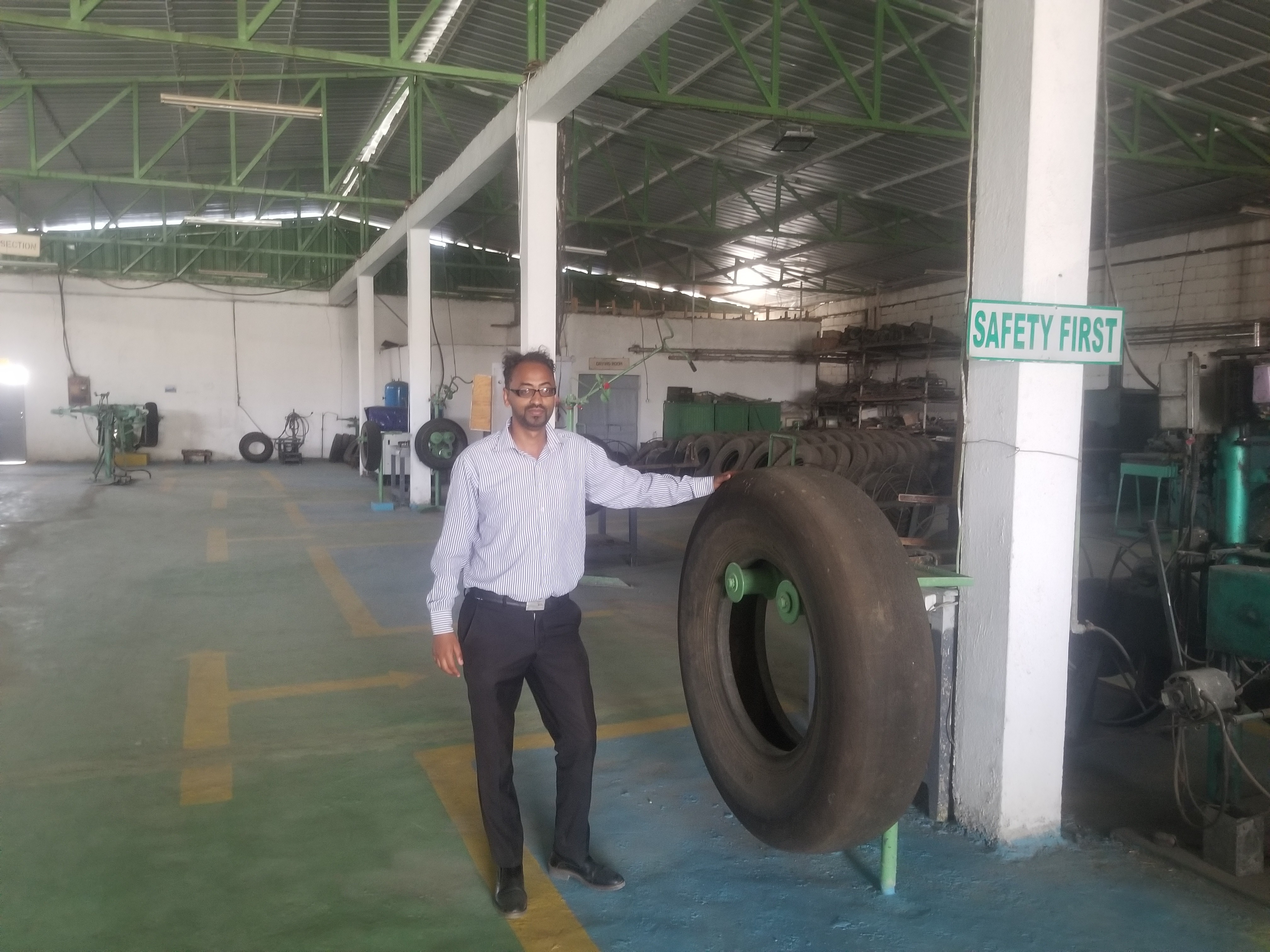
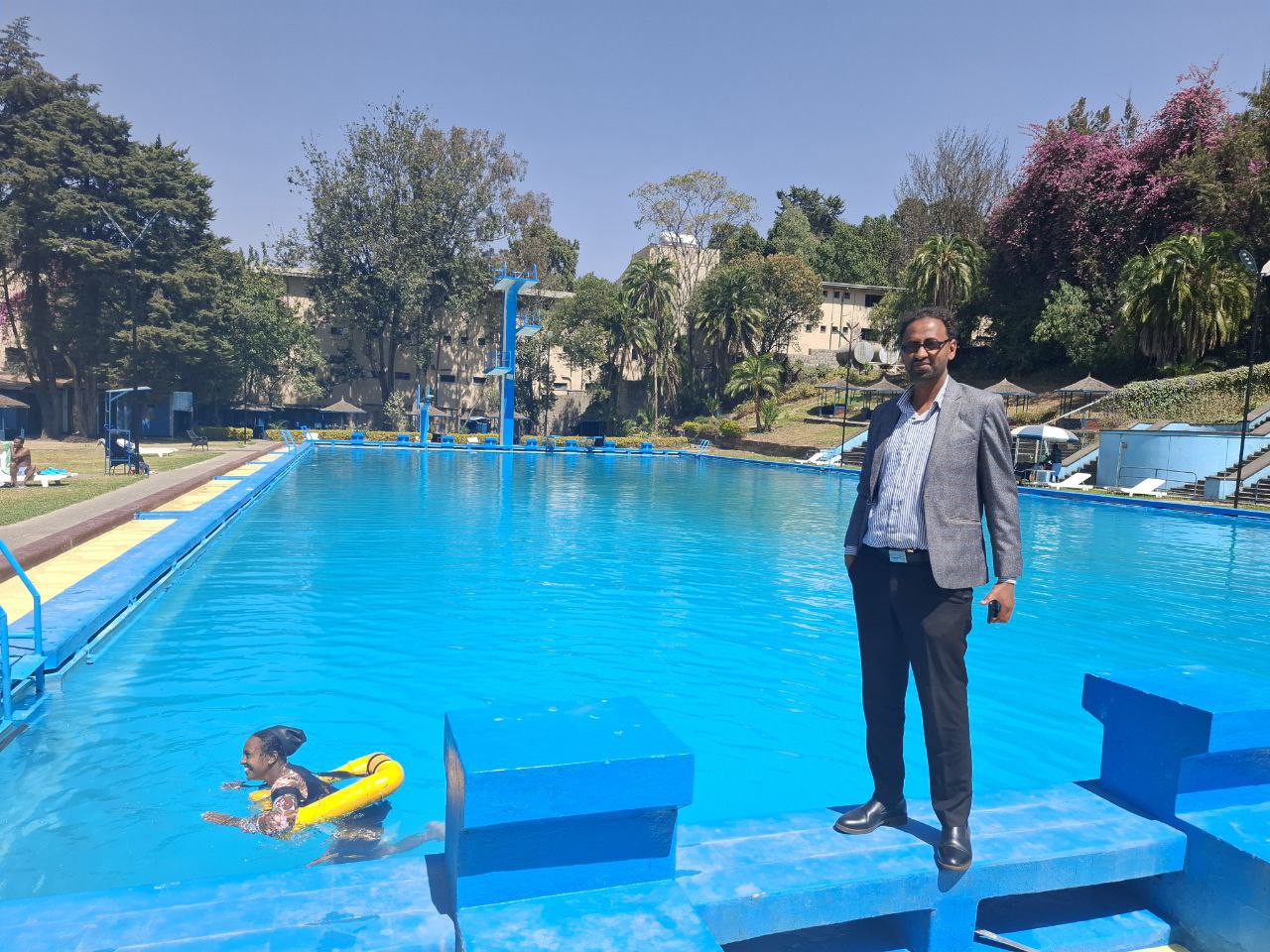
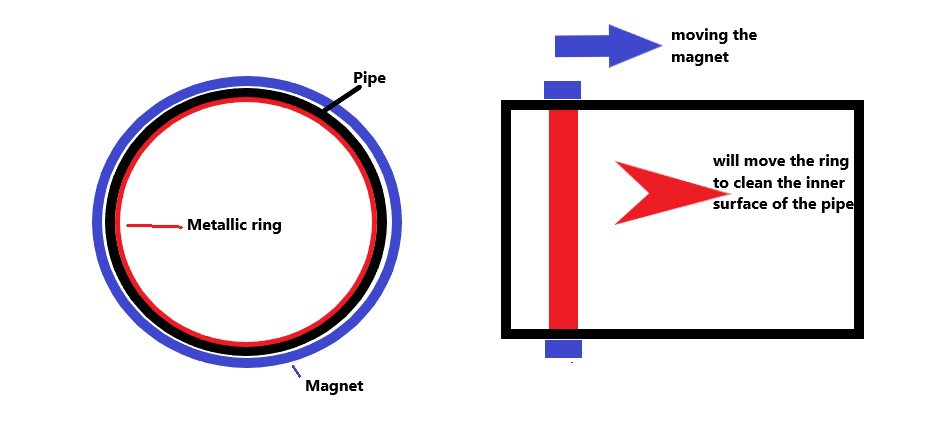

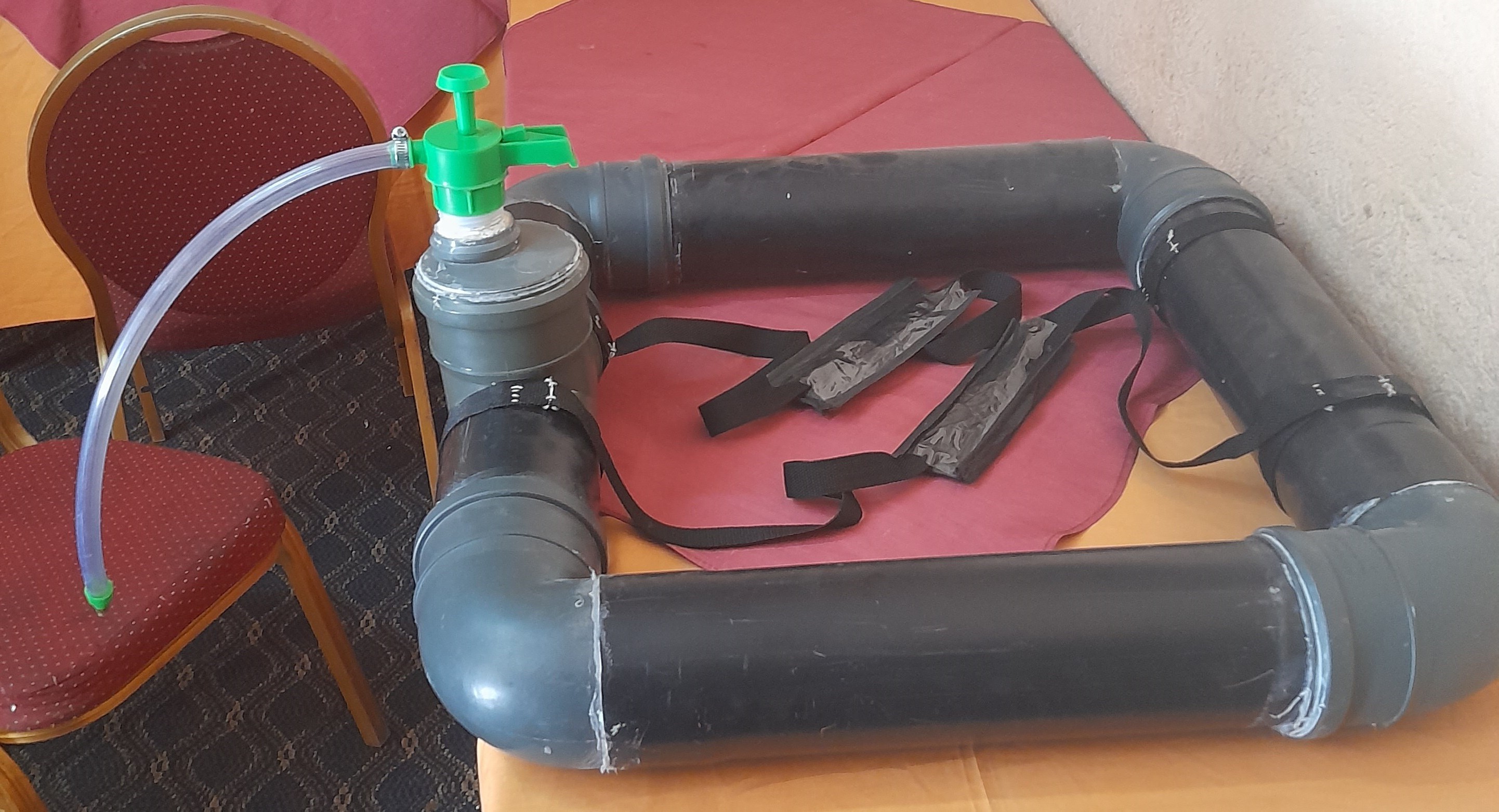
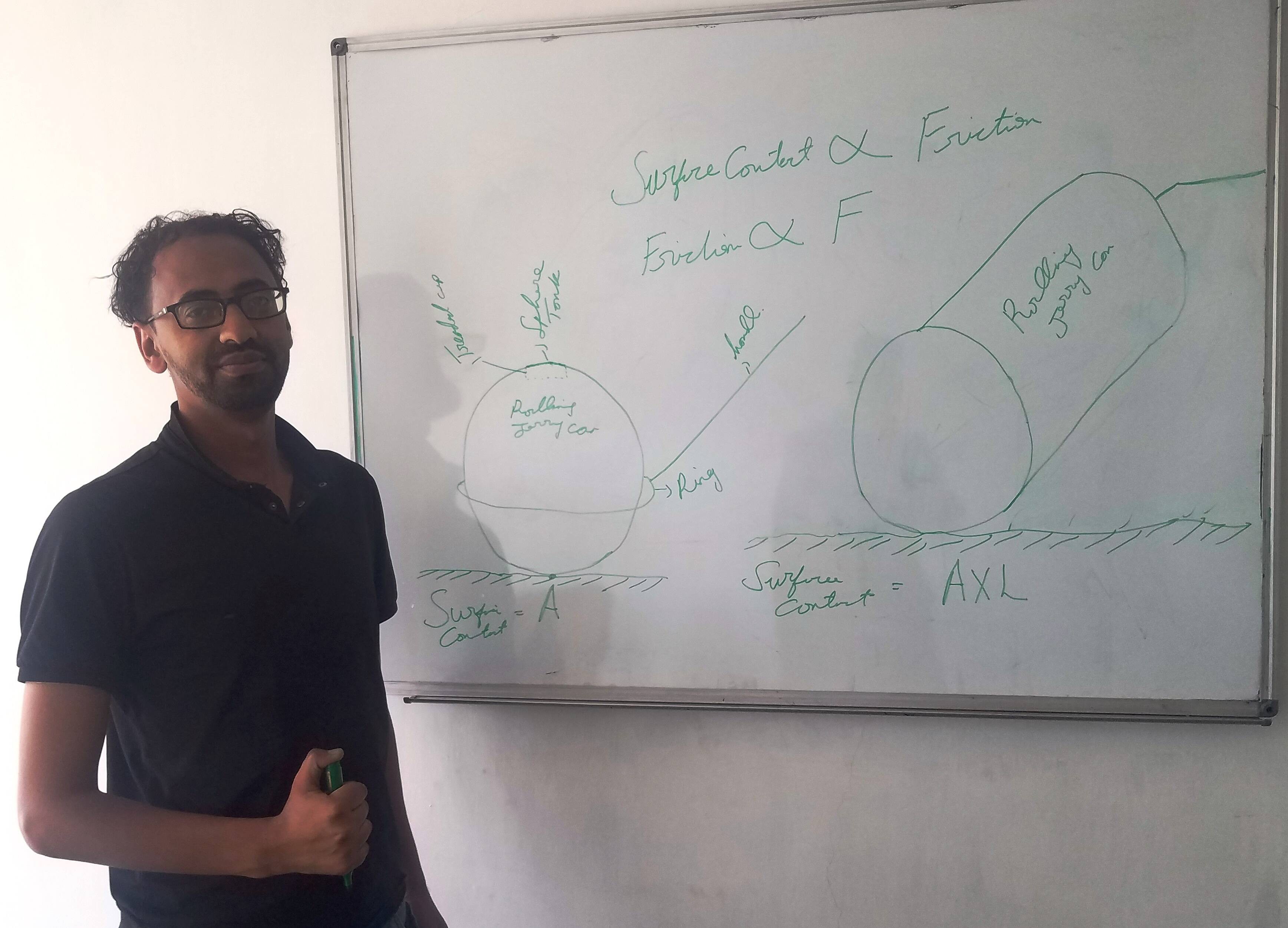
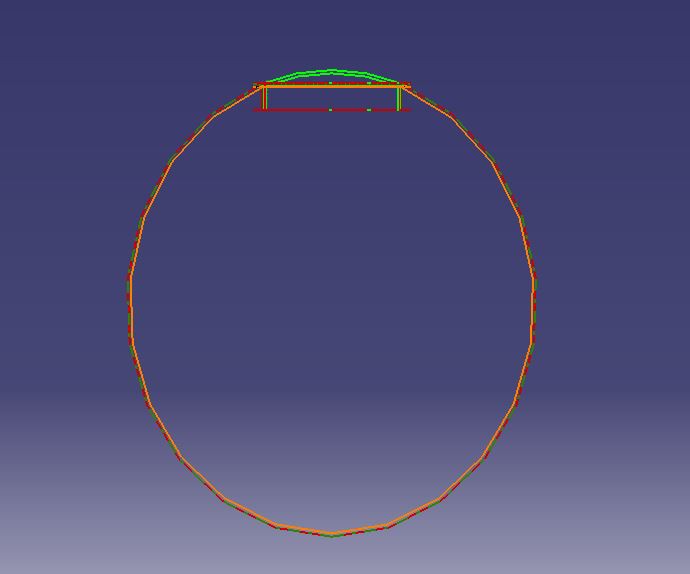
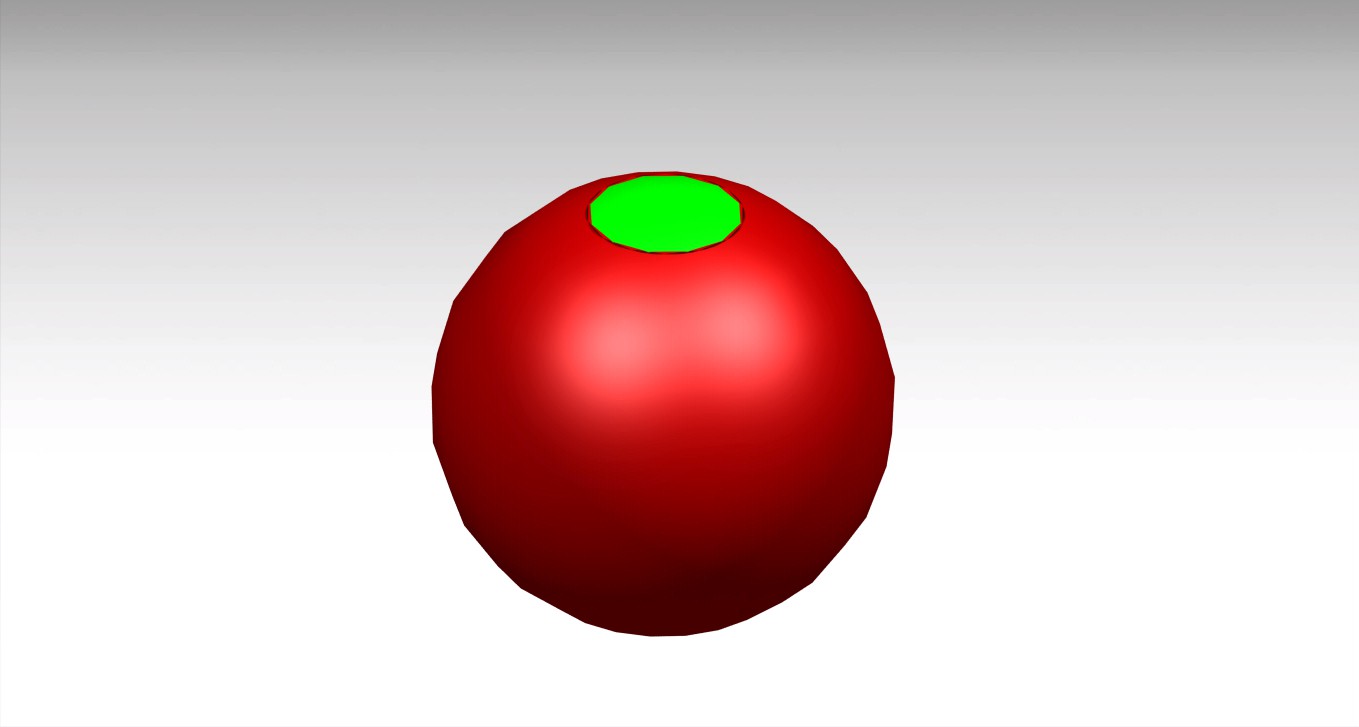
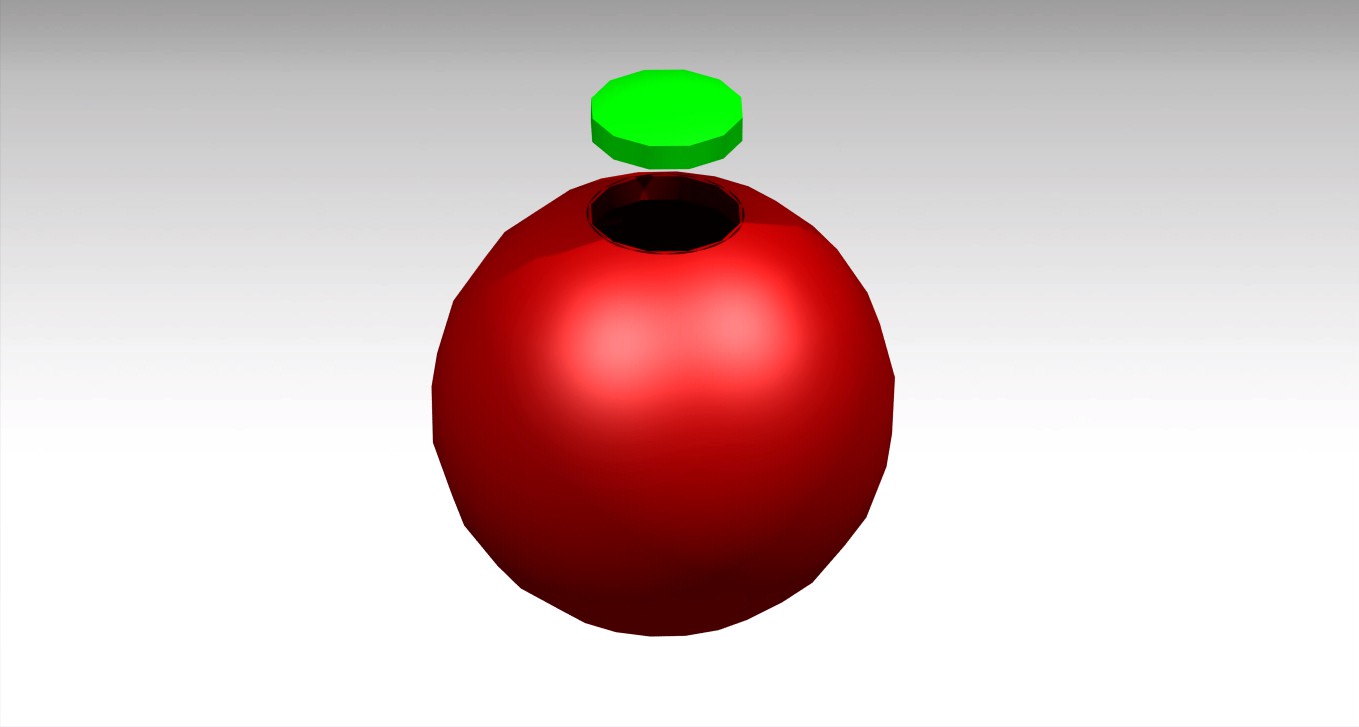
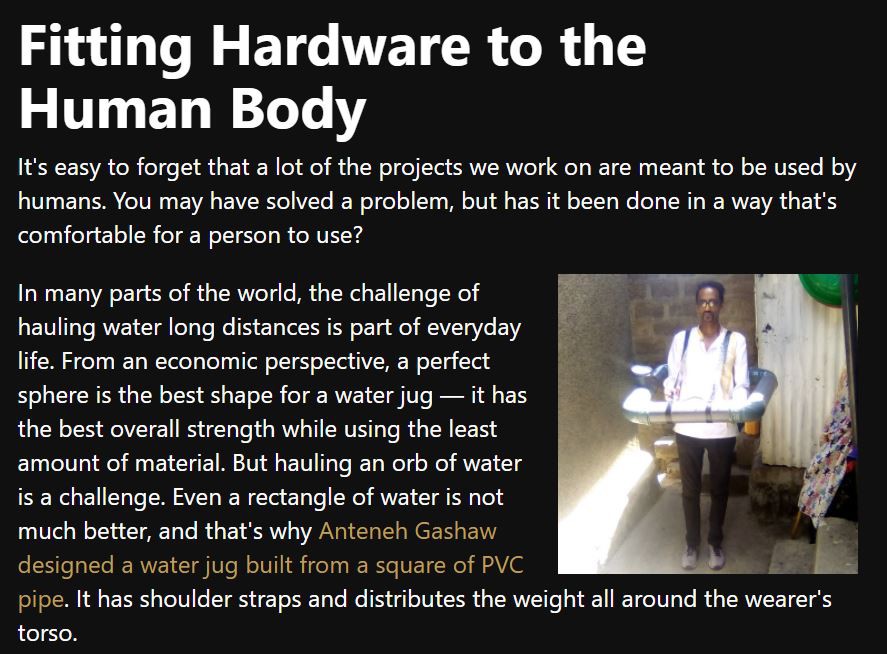




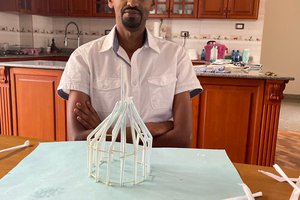
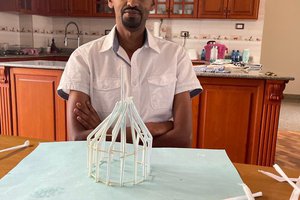
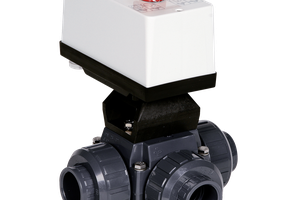
 Josh
Josh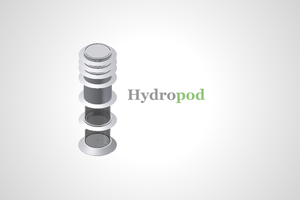
 Bart.remans
Bart.remans
My projects are submitted to the impact africa... Looking forward for the evaluation report.
https://www.impactafricasummit.net/